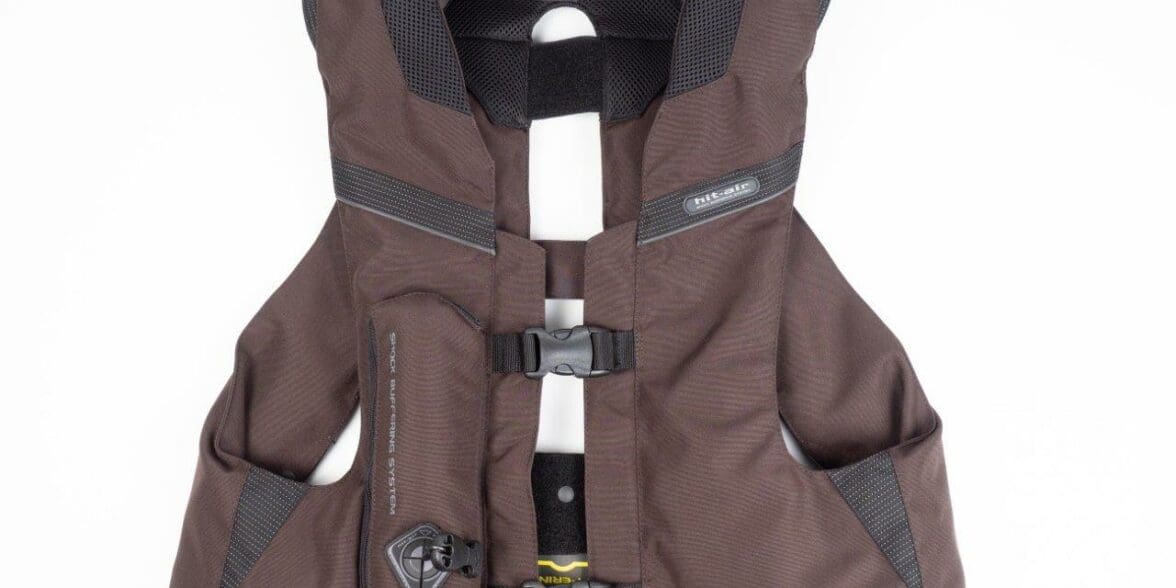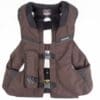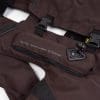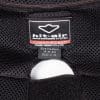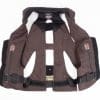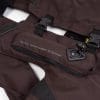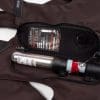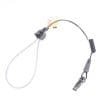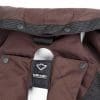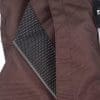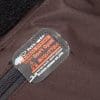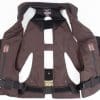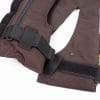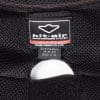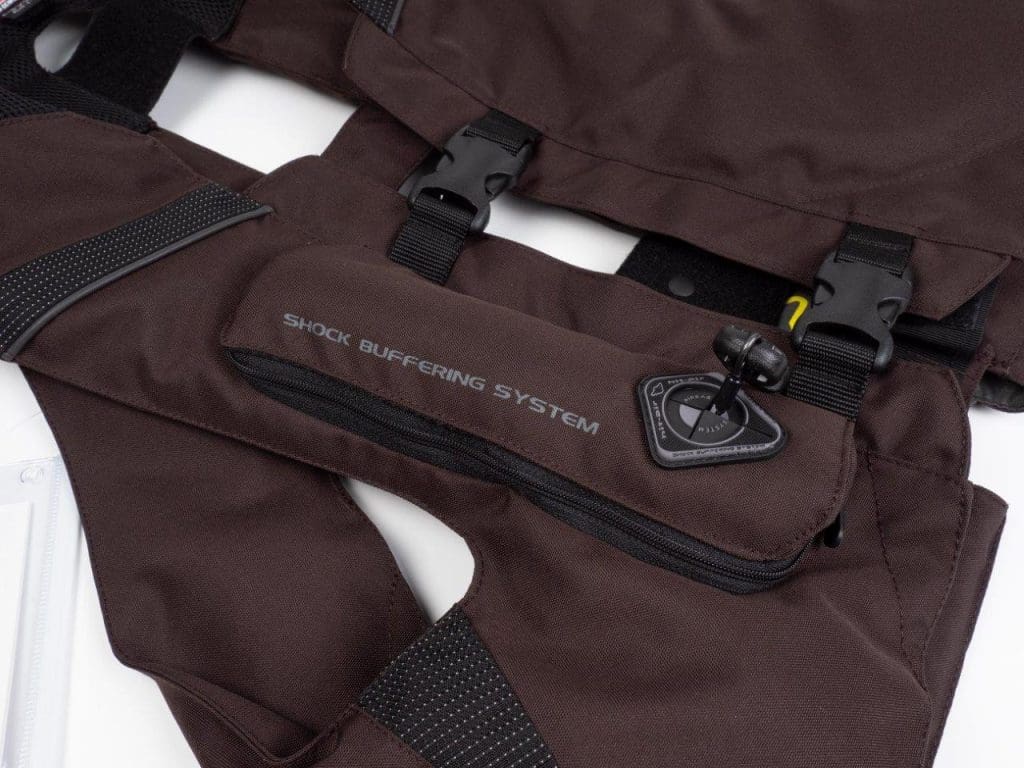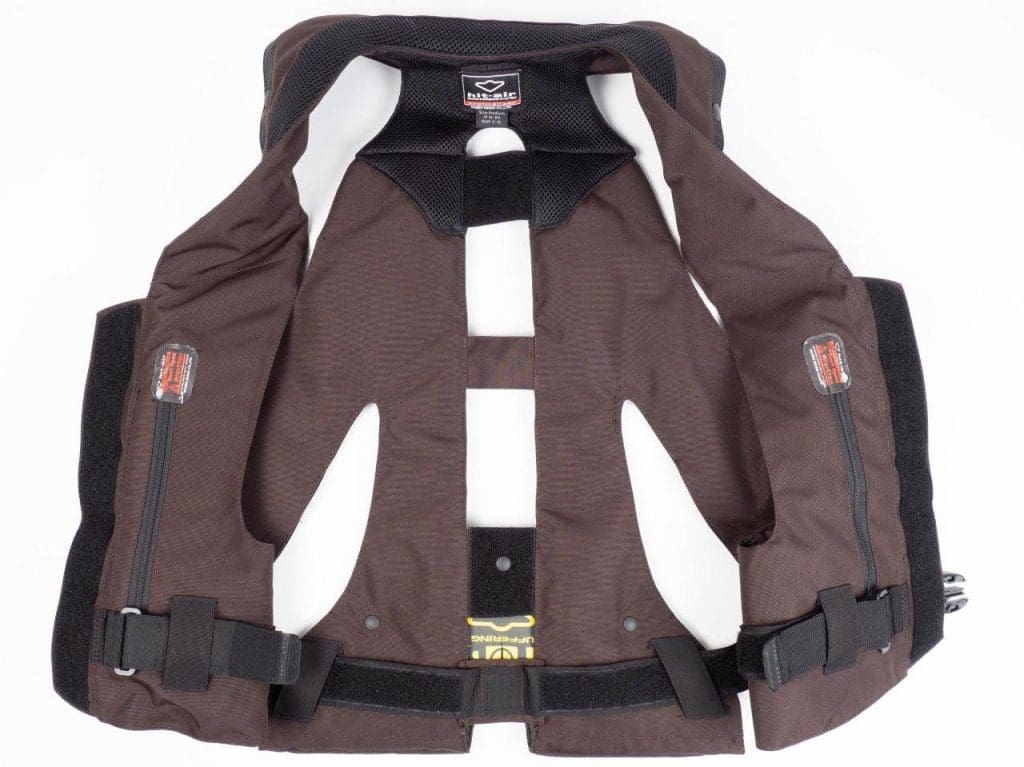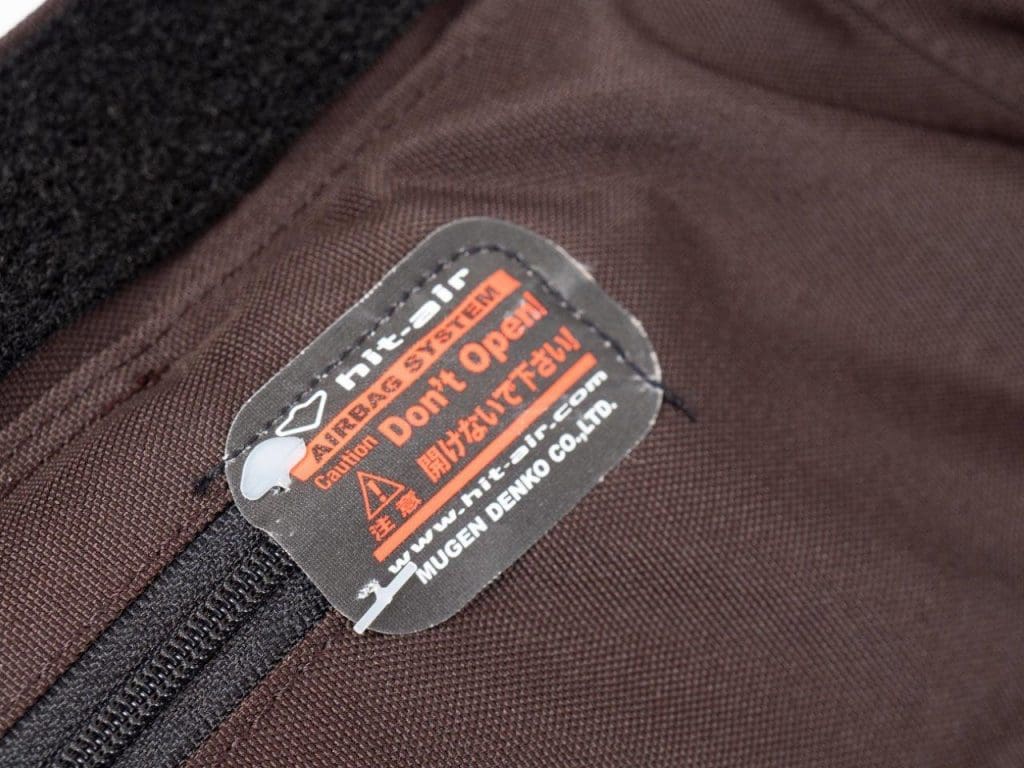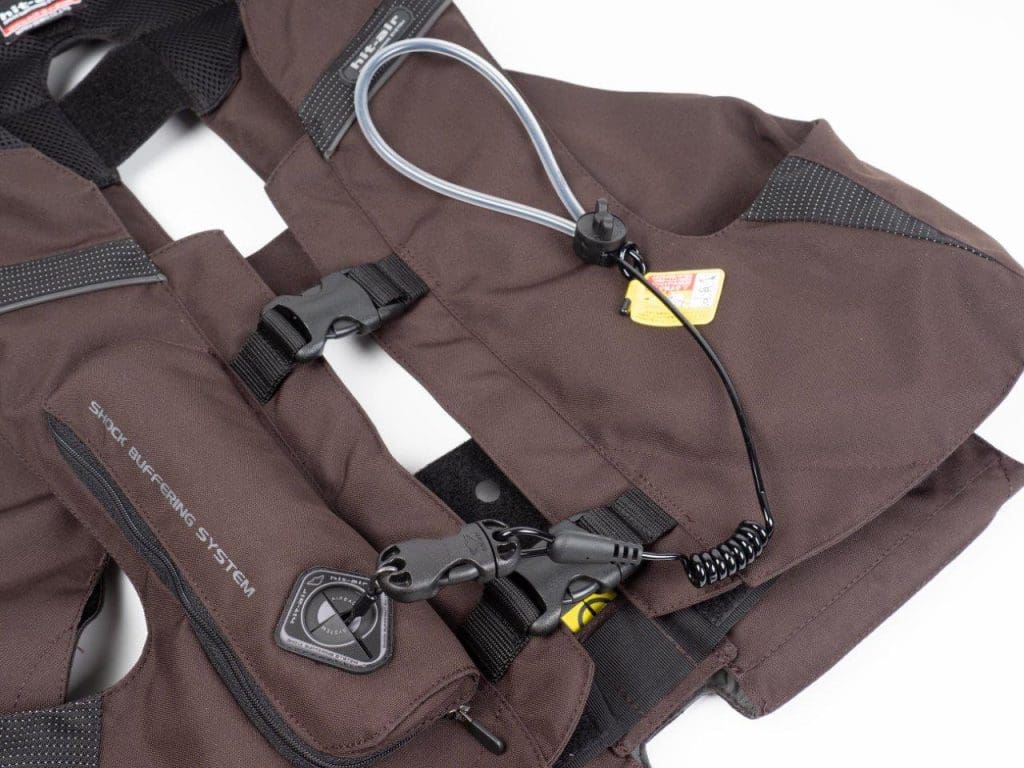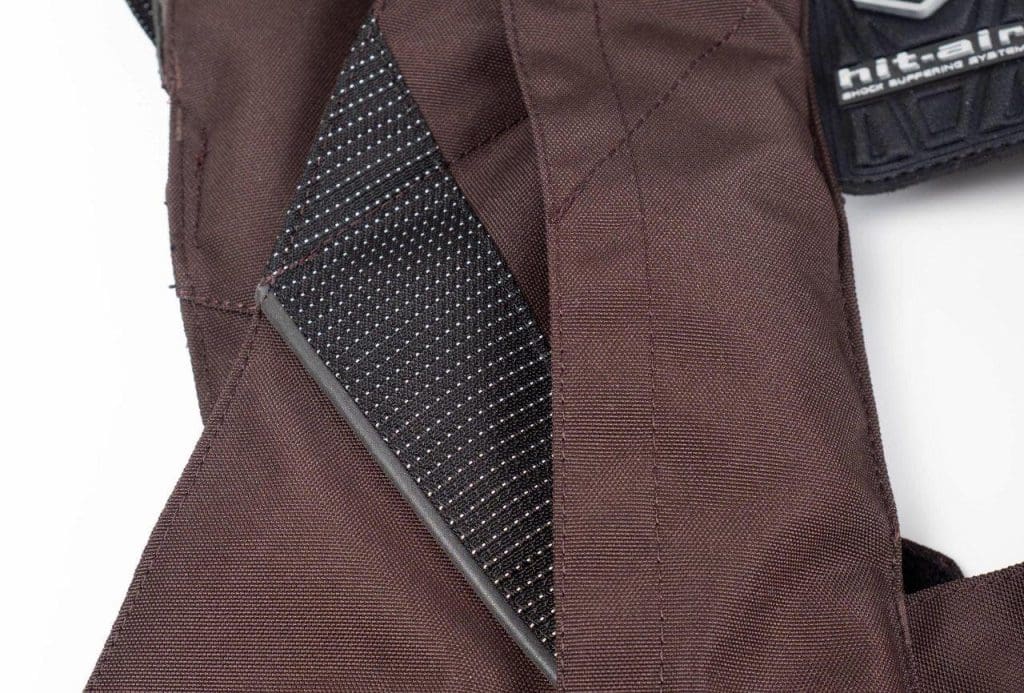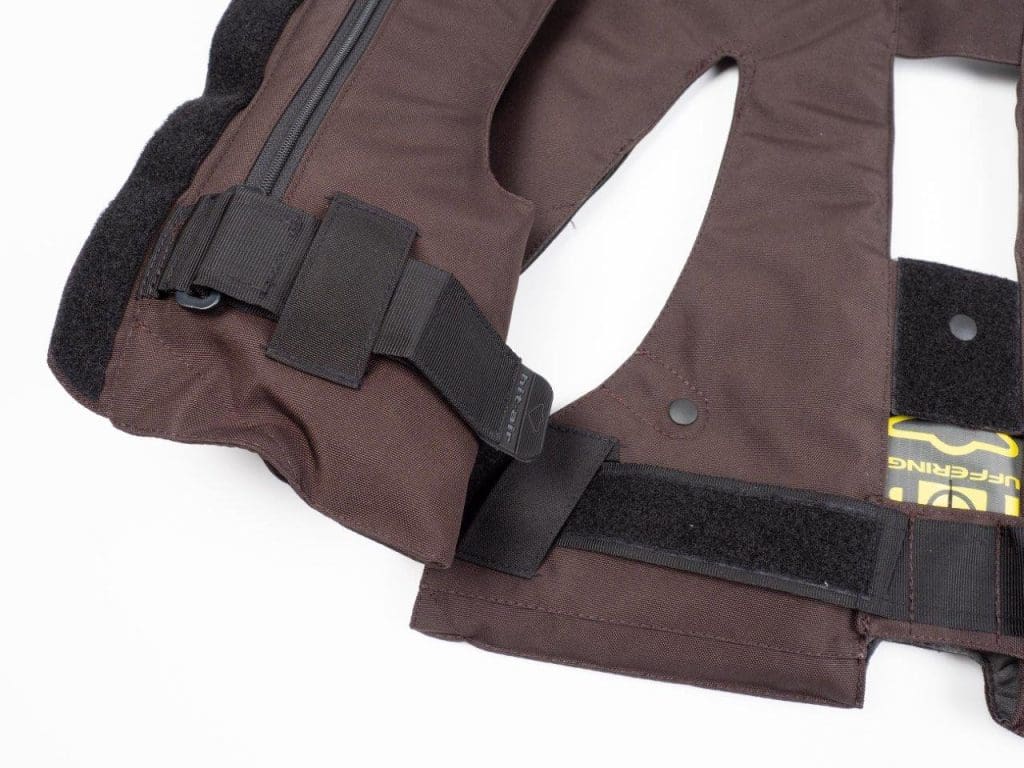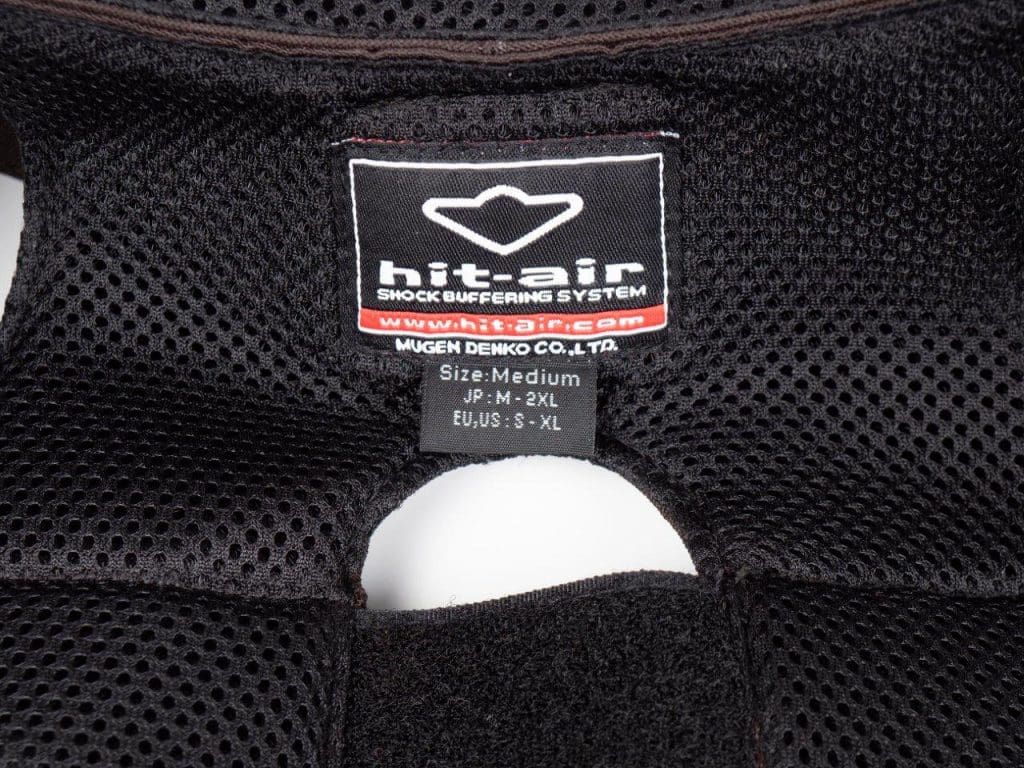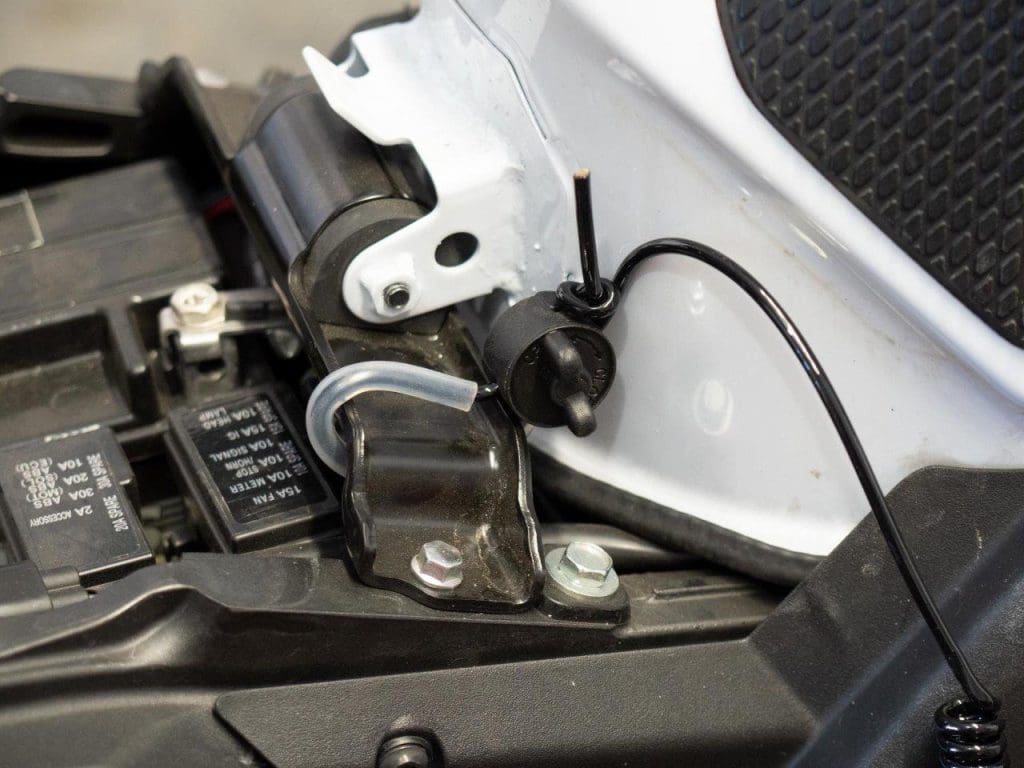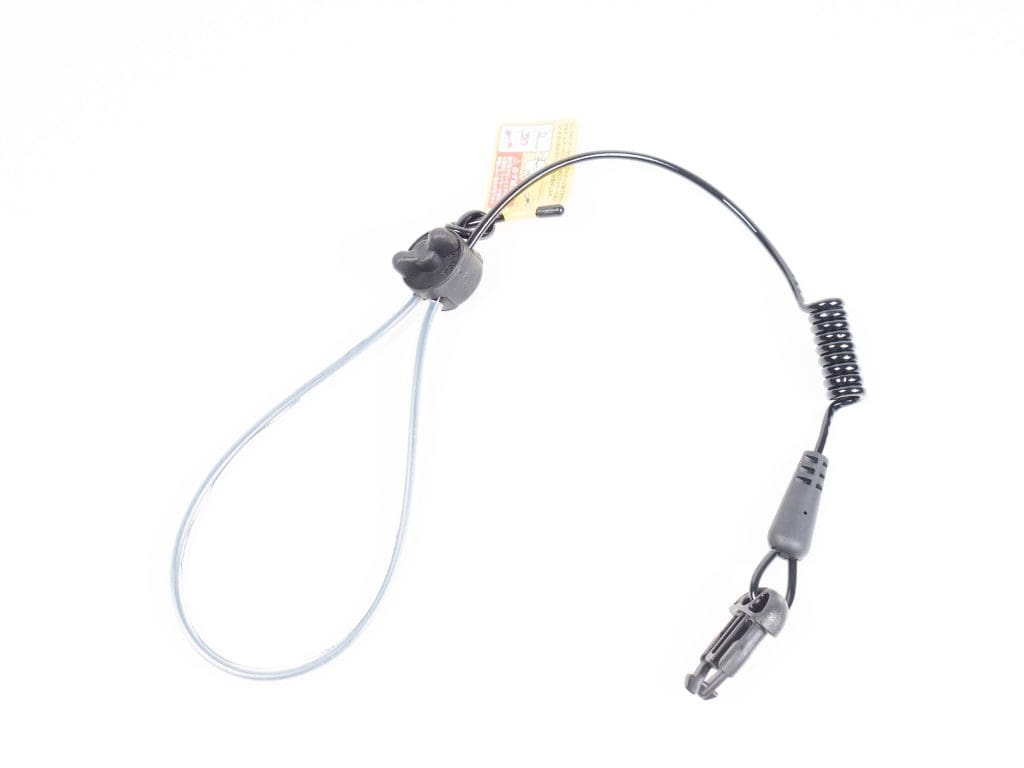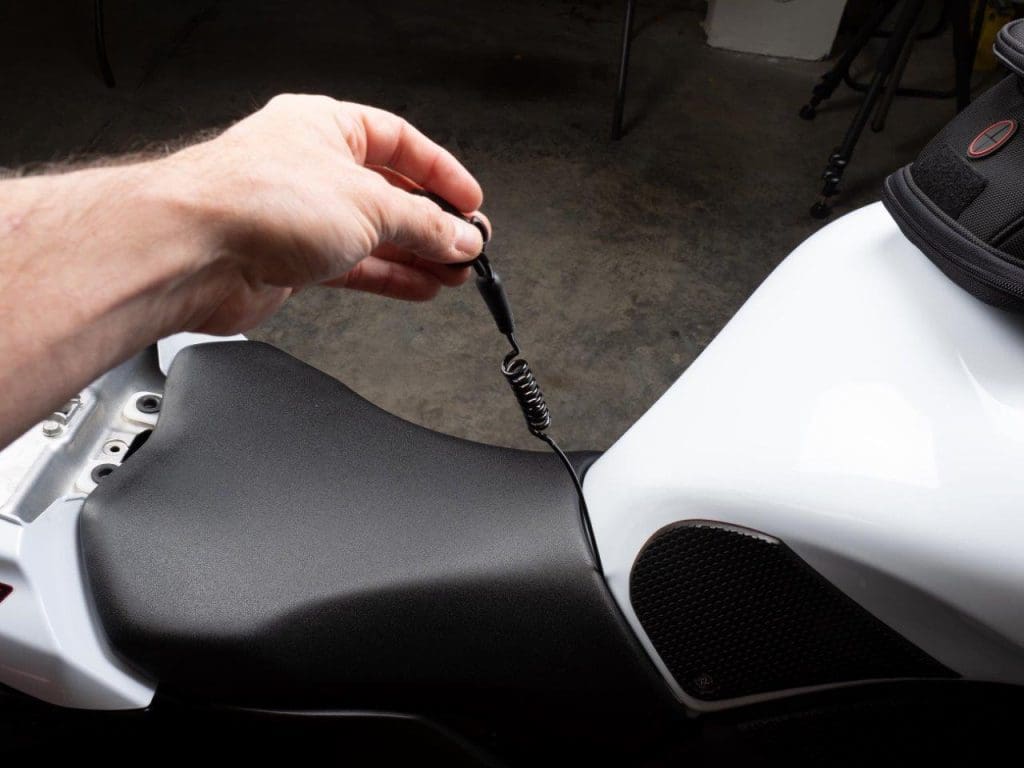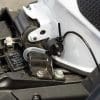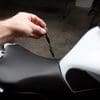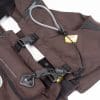Over the past few months, I have been wearing an MLV-C airbag vest from Hit-Air. During this time I have written about adding an airbag vest to my everyday riding gear and how I came to decide on the Hit-Air MLV-C for me. Now that I’ve had some time to wear the vest on a regular basis it’s time to follow up with my thoughts and final review.
When I started riding with this vest it was late winter and the temperatures during the day barely broke 50 degrees (F). Now with Summer approaching and the temperatures already up in the 90’s (F) during the day here in Nashville, TN, I’ve had a chance to evaluate what it is like to live with the MLV-C vest over different riding jackets and ambient temps.
That leads me to the first point…
The Heat Question
The most frequently asked question that I have gotten about the vest is “Is it hot to ride in?”.
The answer is “It depends”.
When the temperatures rise many riders, including me, reach for textile mesh and/or perforated leather gear. Seeing as the airbag vest is going to sit on top of whatever jacket one is wearing, it’s going to restrict airflow to some degree. How much will depend on where and how much mesh is part of the jacket being covered.
Hit-Air-MLV-C-Vest chassis
Taking a look at the MLV-C vest you see that Hit-Air has done a good job of keeping the design “open”. There are two large gaps in the back for air to flow through and the entire center of the front is open save for the two snap buckles holding the vest closed. While the vest overall will still restrict airflow it should do as well if not better than many other airbag vest designs I’ve seen.
For my own use, I found that when paired with my Pilot Motosports Elipsol jacket, the location of the mesh on the front of the jacket was completely covered by the vest. This rendered these mesh panels effectively useless. This is a shame as I really like the Elipsol jacket and it does a decent job flowing air when it’s hot.
Since I want to wear the vest as often as possible, a new mesh jacket was in order. The Knox Zephyr Jacket (review coming soon) ended up being my choice to replace the Elipsol. The Zephyr has a full mesh panel front and back as well as on the inside facing sides of the sleeves. The included Microlock back armor is very perforated so air can flow and it isn’t as restricted compared with other in-apparel back armor.
The combination of Zephyr jacket and MLV-C vest proved to be much better in the ninety plus degree heat we’ve had lately. There’s still no getting around the fact a vest is going to block some air, but with the right jacket, it’s manageable and I feel the added safety benefit is worth the reduction of airflow.
With the big question out of the way, let’s dig into the details.
Construction
The chassis of the vest is made from nylon with polyester mesh located behind the neck and on top of the collar. Two plastic buckles up front are used fasten the vest with the lower one connected to adjustable straps for size adjustment.
Scattered around the vest are snaps. These snaps hold closed the covering under which the polyurethane airbag is placed. These snaps pop open when the bag inflates allowing it to expand. Having the bags “packed” under the snaps keeps the material from flapping about in the wind when riding.
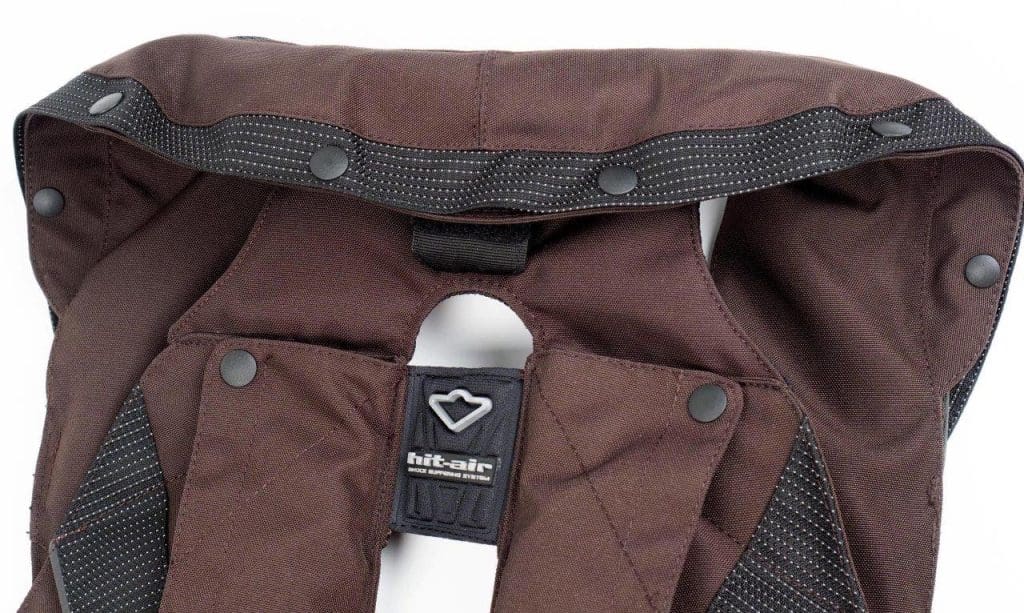

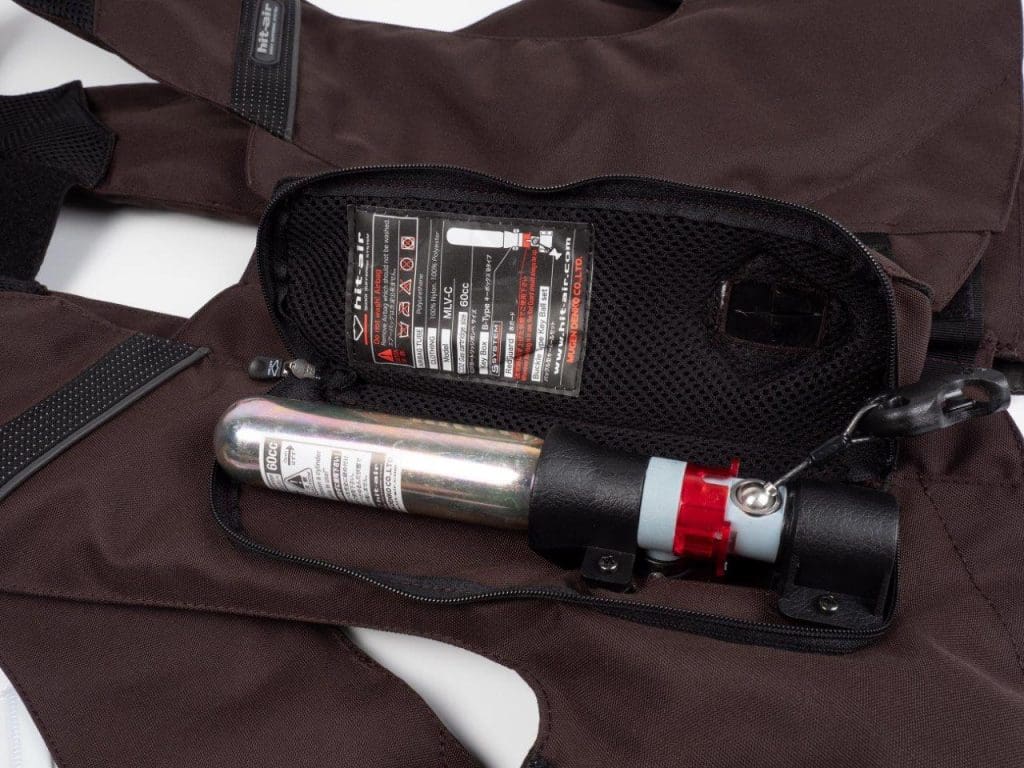

Since the vest could potentially cover reflective material on one’s jacket Hit-Air has conveniently place reflective material on the vest. There are strips on the chest, around the collar, and on the sides and it’s made up of small dots of reflective material. In other apparel, I’ve seen similar looking reflectors but they don’t often do much. These, however, are very bright and show very brightly when hit with a direct light like a headlight.
Fit & Comfort
The MLV-C vest is available in two sizes with the smaller covering sizes small to XL and the larger one for XL up to 3XL sizes. This sizing is based on one’s jacket size and designed to fit over jackets of the listed sizes. The smaller one works fine over my size medium jackets and judging by the available adjustments I expect it would fit as Hit-Air describes.
The chest fastener doesn’t have any adjustment but I would say it should cover up to a 46 to 48-inch chest. The lower buckle is attached to hook and loop straps that offer several inches of adjustment. If one needs a little extra room Hit-Air sells extensions that will expand the buckle closures if needed.
This size MLV-C tips the scales at 2 lb 8.5oz (1148g) and most of that weight comes from the keybox and gas cylinder. Two and a half pounds really isn’t that much but it is noticeable at first, especially with most of the weight on the right side of the front. Once underway a few minutes the vest really disappears into the background like most riding gear does.
Additional Protection
The MLV-C has provisions for adding additional impact protection in the form of back, chest, and side protectors. Hook and loop fastener is in place at the chest and the back for attaching Hit-Air’s protectors and the side impact pieces attach to the adjustment strap for the main lower buckle.
I considered installing an additional back protector but I already have CE level 2 protectors in the back of my jackets. Adding more might not make an appreciable difference. It is important to note that the vest is NOT is a replacement for a back protector and if one doesn’t have one in or under their jacket they should get one or install one of the Hit-Air protectors.
Installation
The tether for the MLV-C vest is designed to be installed below and to the front of the rider. This can be a sturdy point on the frame of the bike or even an appropriate location under the seat. It is important to note that the design of the MLV-C and most of the Hit-Air models are designed to have that tether in front of the rider. The exception is a race model which places the keybox on the rear of the vest and the tether, in this case, is installed behind the rider.
Under the seat of my Ninja 1000 is the fuel tank support strut which is an ideal place for anchoring the tether. This location allows me to keep the anchor point hidden and without the bike key to remove the seat, the tether can’t be removed short of cutting it off above the seat rendering it pretty useless.
The tether is longer than most bikes will require and it is designed to be trimmed to fit once it has been adjusted to the correct length. The instructions are easy to follow and require just a few minutes to find the right length. This involves putting on the vest and connecting it to the anchored tether and then standing on the pegs of your bike.
Doing this will allow one to determine the minimum length needed to allow maximum freedom of movement. The tether includes a clamp for creating a loop making it easy to adjust the size of the loop and length to the vest clip. Once the correct length has been set I would recommend leaving the length of the tether in place until after you’ve had a chance to ride some, just to make sure.
The tether comes with a length of soft tubing that covers the cable at the anchor point to prevent the tether from rubbing on any paint. It also protects the tether from any edges that may be present on the part of the frame where attached. Overall, the installation may take 15 to 20 minutes at most. I spent about twice that but I was also stopping to take photos for the review.
Hit-Air also sells additional tether cables for riders that want to use their airbag vest (or jacket) on multiple bikes. They even sell an accessory that clips into the buckle to keep the tether from dangling when not wearing the airbag vest or jacket.
Conclusion
I like it.
That’s a pretty simple answer for someone who is as “wordy” like me but it’s a fair summary. There really is little to dislike. Installation is simple and easy and fit was as expected and can be easily expanded using the accessory extenders.
The MLV-C vest will block some airflow of mesh/vented riding jackets. The amount will vary depending on the jacket design but it seems like a fair trade-off for the extra protection. The price might seem a bit high but I don’t see it that way. The MLV-C starts at $479.00 which is about the same price as a good helmet.
Of course, an airbag vest is no panacea and will not make a rider invincible. It’s just one of many pieces of the protection puzzle each rider assembles according to their own idea of risk mitigation. An airbag vest may not be for everyone but it’s found a permanent spot as a part of my riding gear.
Specifications
- Product: MLV-C Airbag Vest
- Manufacturer: Hit-Air
- Sizes: Medium (covers S – XL), Large (covers XL-3XL)
- Color(s): Black, White, Red, Blue, Brown, plus special edition colors
- Made In: Japan
- Price: $479.00 base ($509.00 as tested)
Hit-Air MLV-C Image Gallery
*Article originally published at Motorcycle Words by Brandon Jackson.


